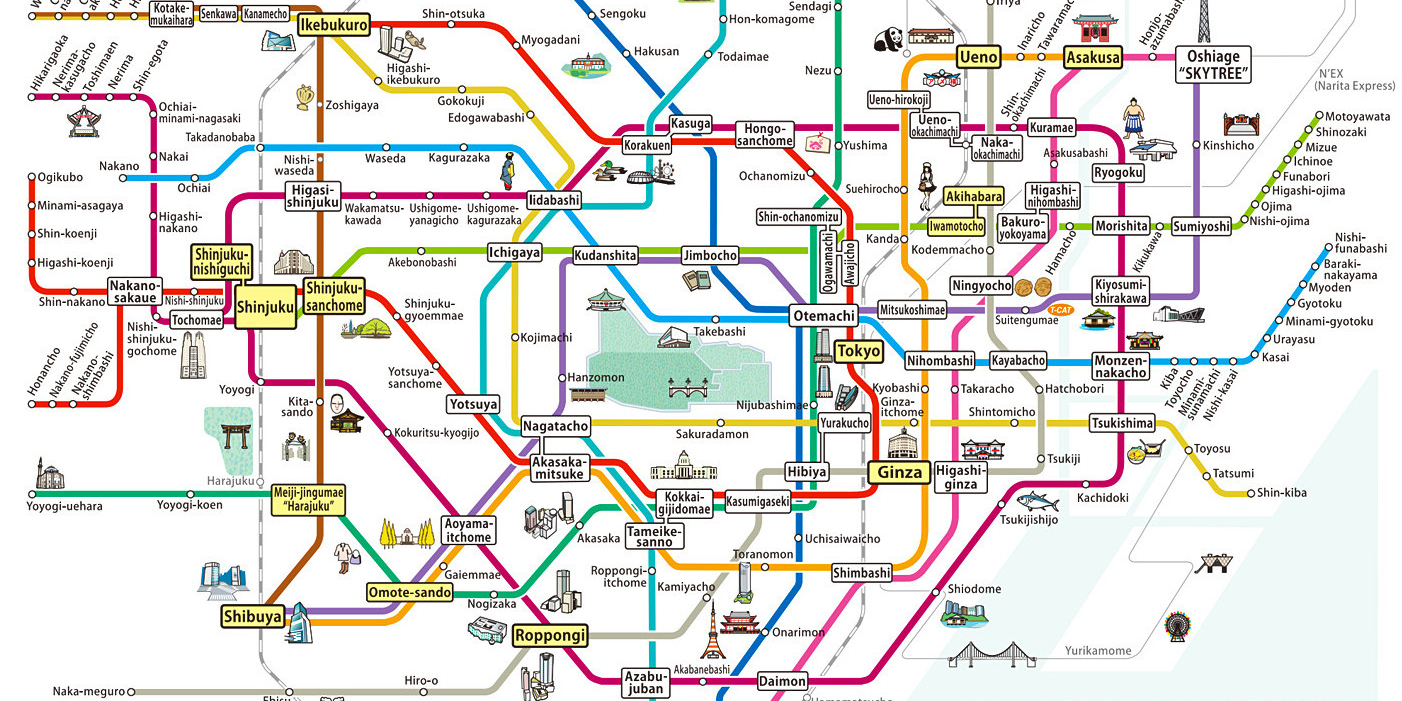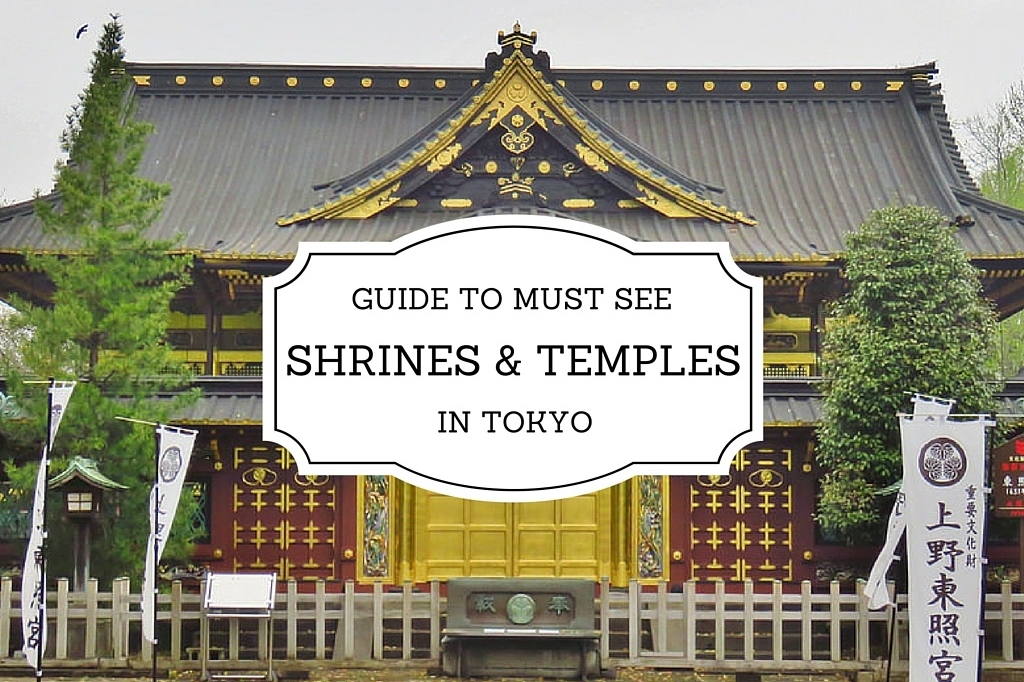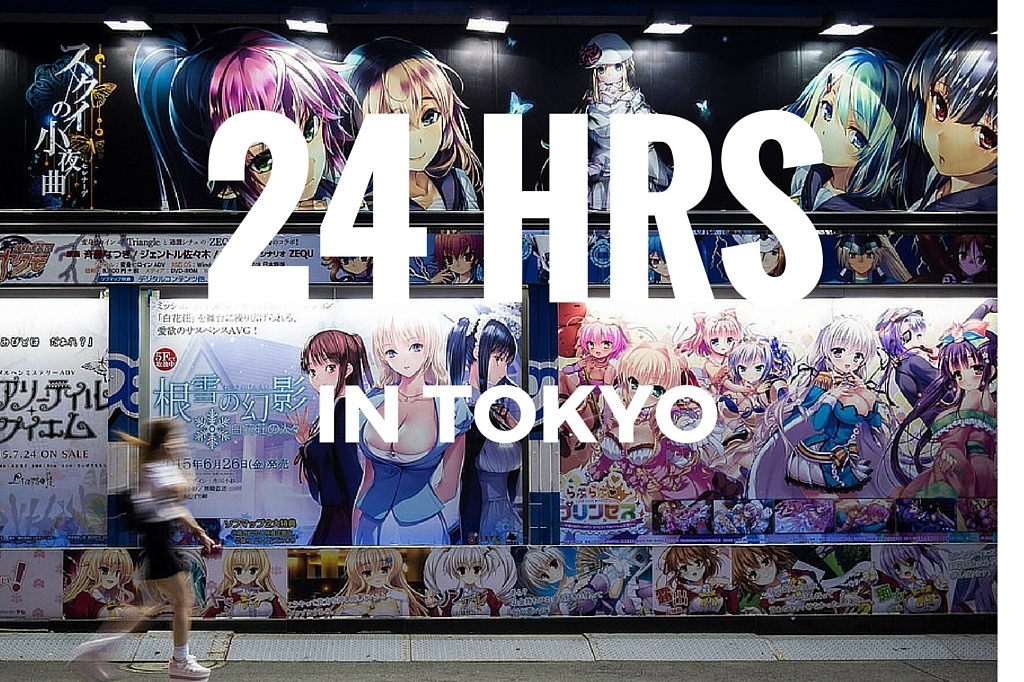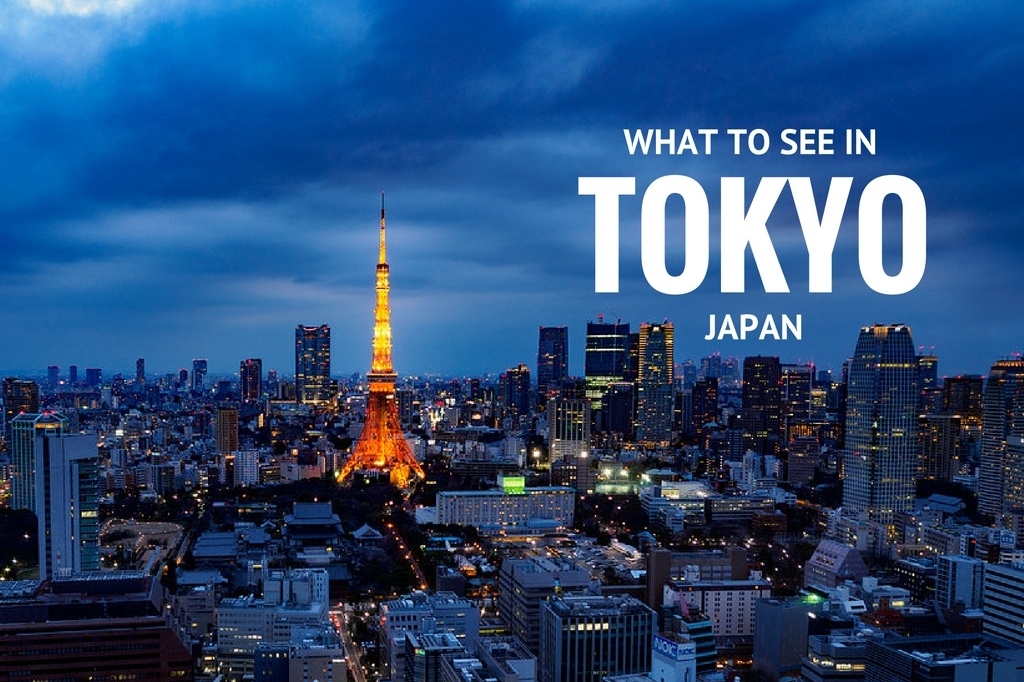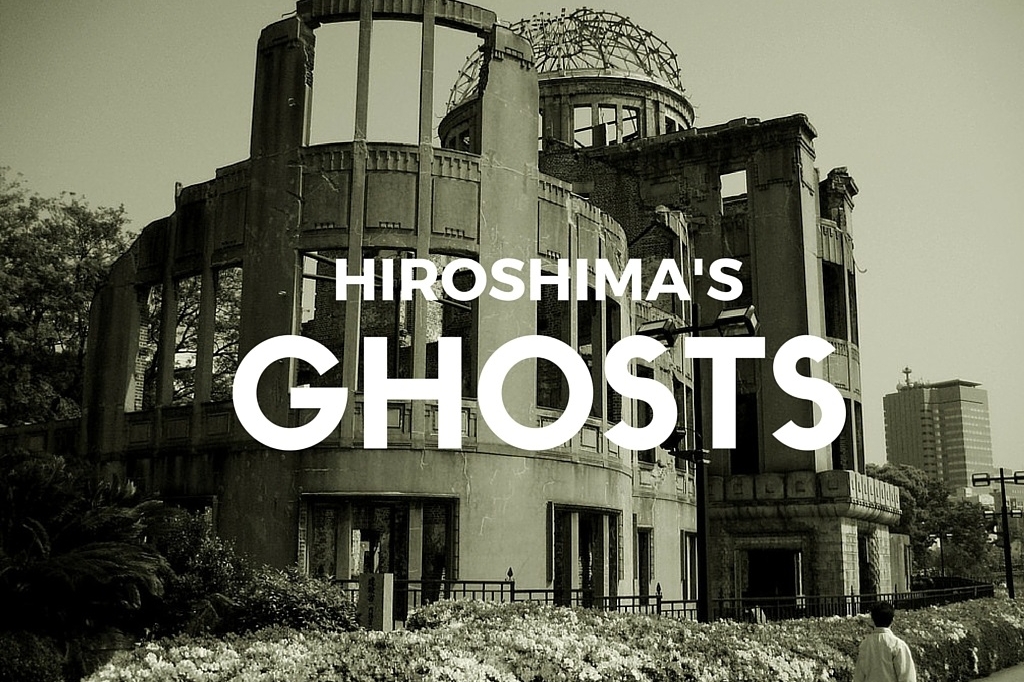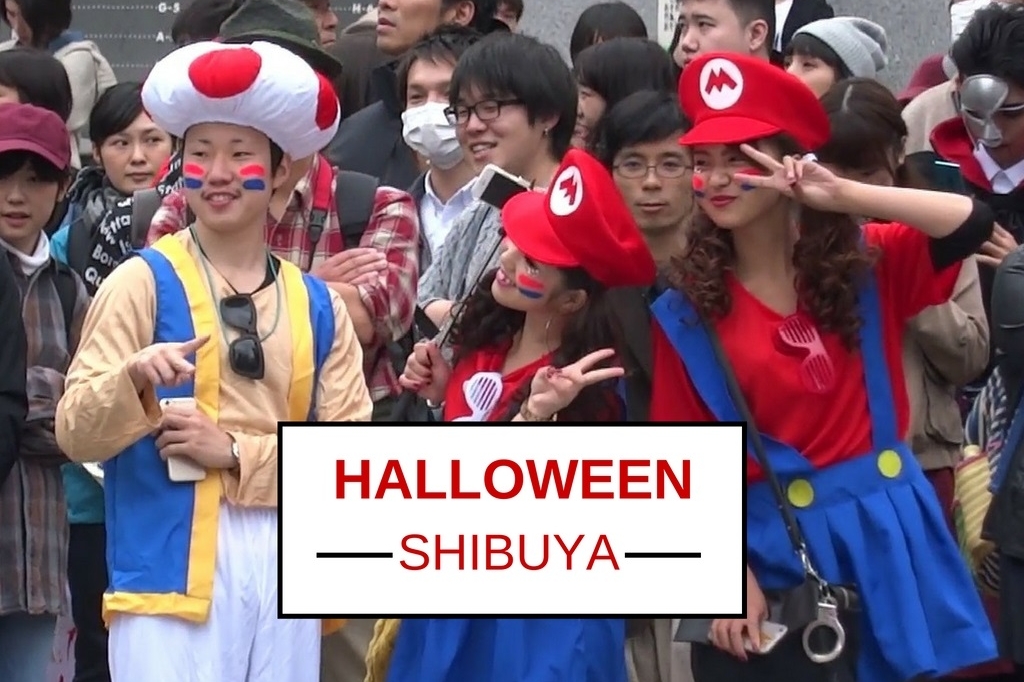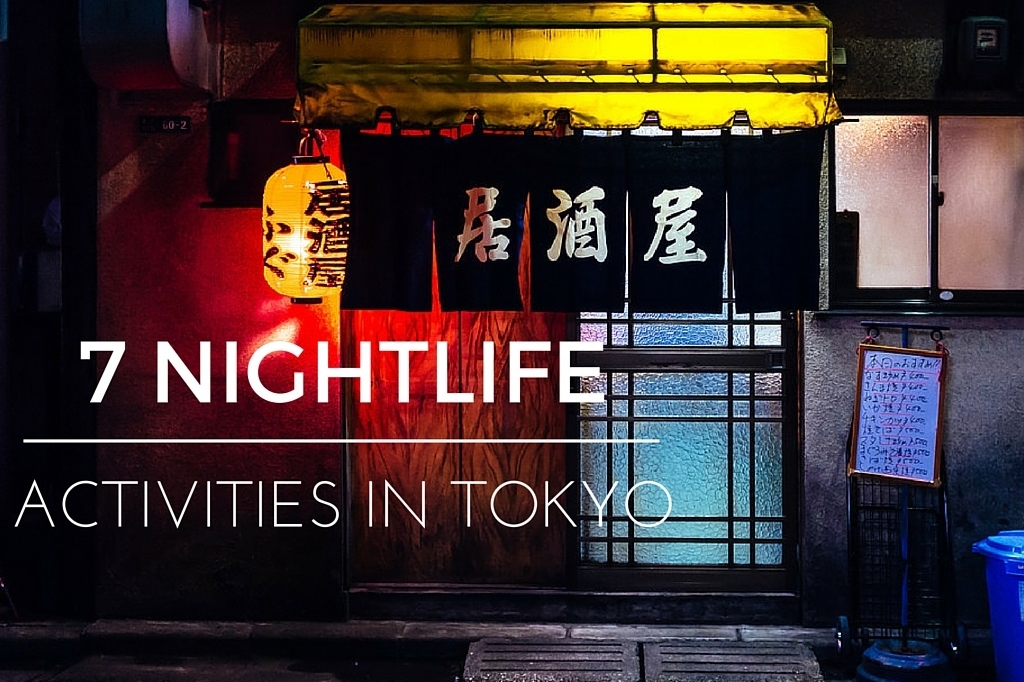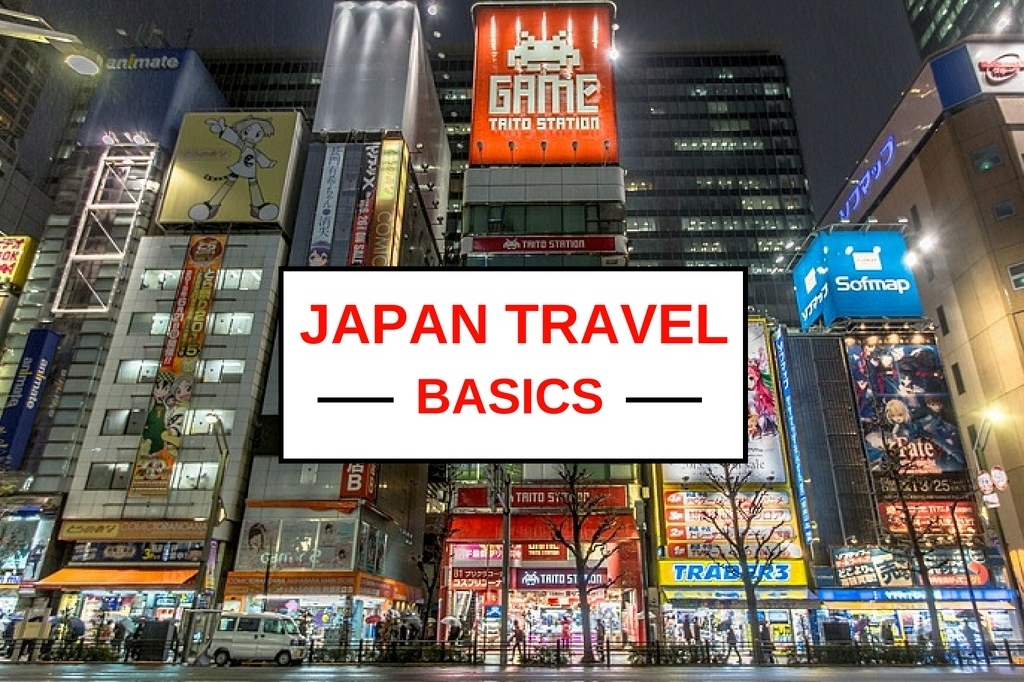Tokyo Metro Guide
Anyone visiting Tokyo WILL end up using its metro system. It’s the best and most economical way to navigate the city. Prior to coming to Tokyo it’s important you do your research and learn the basics about how to use it. At first glance, it can be very intimidating. You’re in a country where few of the locals speak English and the metro lines look convoluted and complicated.
Don’t worry — it’s not that bad.
When I first arrived, after a disoriented day or two, I was easily hopping between lines and freely traveling the city. Below is my guide to Tokyo’s metro which will hopefully simplify your travels in Tokyo.
Introduction To Metro Lines
One of the things that makes Tokyo’s rail system confusing is the fact that different lines are operated by different companies (listed below):
- JR line: JR stands for Japan Railways. The JR line has two of the most useful lines for sightseeing: the Yamanote loop and the Chūō line.
- Toei Subways: The Toei line has 4 lines and is run by JR company.
- Tokyo Metro: The Metro line has nine lines and is run by Seibu company.
Together, these three systems combine to give you Tokyo’s metro system. Below is a picture of the metro map listing popular destinations (click here to download the official metro map). Don’t freak out. Once we get into the details, you’ll see that its not that complicated.
Understanding The Metro Lines
The best way (in my opinion) for tourist to get comfortable with the Tokyo metro is to map out their destinations upfront. Most people only have a couple of days in Tokyo, so it’s pointless trying to get familiar with the full metro system. I recommend you do the following:
- Ask for a map from your hotel or hostel and have them mark their location: This will become a reference point as you start your travels in Tokyo, at least until you get your bearings.
- Mark the places you want to see: This will make figuring out which lines you need to take easier.
Once you have a map with these points marked, reading the map becomes manageable. Let’s start with the Tokyo Metro and Toei Subway lines. There’s a total of 13 lines, each with its own letter and color. This coding system is a great way to learn the lines and makes reading the map much easier. Below is a list of these lines:
- A: Asakusa Line ( Rose )
- C: Chiyoda Line ( Green )
- E: Oedo Line ( Magenta )
- F: Fukutoshin Line ( Brown )
- G: Ginza Line ( Orange )
- H: Hibiya Line ( Silver )
- I: Mita Line ( Blue )
- M: Marunouchi Line ( Red )
- N: Namboku Line ( Emerald )
- S: Shinjuku Line ( Leaf Green )
- T: Tozai Line ( Sky Blue )
- Y: Yurakucho Line ( Gold )
- Z: Hanzomon Line ( Purple )
For the JR Lines, the only lines that you’ll need to concern yourself with are the Yamanote and the Chūō lines. So lets practice trying to use the map.
Lets say your starting point is Tokyo Station and you want to go to Asakusa Station to check out the famous Sensoji Temple. How do you get there?
Looking at the map, the quickest way is to get there is to take the JR’s Yamanote line from Tokyo to Ueno and then to switch to the Ginza line going from stop G16 (Ueno) to G19 (Asakusa).

Use Technology
If you don’t feel comfortable using the map, then you can download the Tokyo Subway Navigation For Tourist to your smartphone. This is a great app that’s easy to use.
Enter your starting and ending stations or by search by tourist destination and it will give you the subway route to get there. It will also tell which subway exit to take once you get to your destination, which is a great feature and will save you lots of time.
Another App to consider is NAVITIME for Japan Travel. NAVITIME helps you figure out the train routes, it has an offline feature, it gives you information for buses, subway and pedestrian routes.
How To Buy Tickets
The next thing that you need to get familiar with is how to buy tickets. This can be just as confusing as reading the map and there are number of options to consider.
Buying Individual Tickets
While I was in Tokyo I was buying my tickets individually, which in retrospect wasn’t the most economical or easiest approach for traveling. Ticket machines are usually located right next to the entry gates for the subway station. To buy your ticket you need to:
Find the price of your trip: The price of your ticket will be determined by the number of stops you cover. Above the ticket machines will be a map (in English and Japanese) showing the metro lines and the prices for each stop from your station. Find your target station and beneath it will be price of your ticket.

Buying your ticket: Go to a ticket machine. These machine’s default language is Japanese, but normally on the top or bottom corner of the screen there will be an option for English. Click on it, after that the menus are pretty self explanatory. Walk through purchasing a single ticket and select the price listed on the map for your destination. Next you need to feed the machine money. They accept both paper notes and coins. Once purchased you will get a ticket stub. Make sure you keep the ticket stub as you’ll need it to exit the metro at your destination!
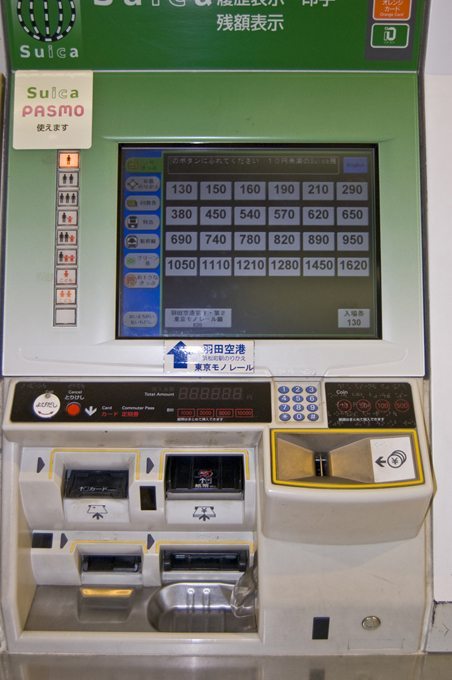
You paid the wrong amount for the ticket: This has happened to me a couple of times. On exiting the station, the gates rejected my stub because I chose the wrong fare for my route. The gate will return you ticket to you and will give you a warning that your ticket needs to be adjusted. Look around for a fare adjustment machines (they are usually near the gates). Feed it your ticket and it will tell you the missing balance that needs to be paid. You can also recharge your Prepaid (Pasomo or Suica) card on this machine in case your balance is low.
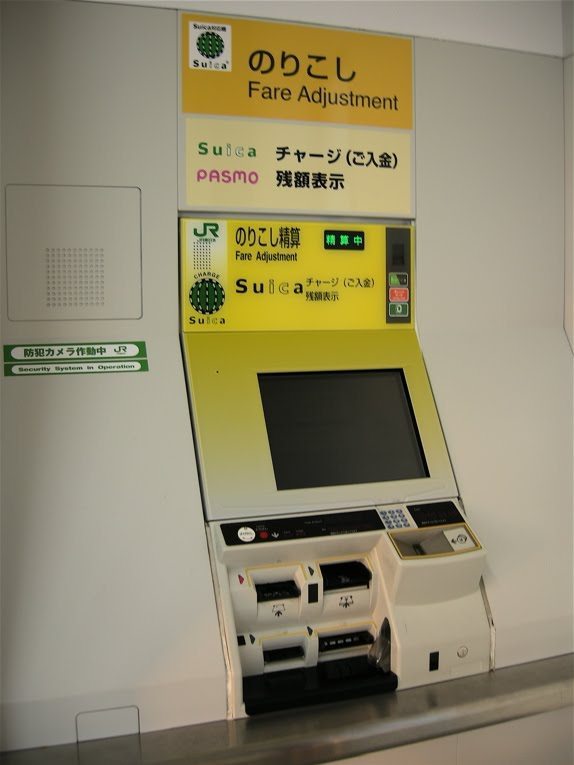
Discount Day Passes
If you’re planning to travel extensively during your stay in Tokyo then you should consider purchasing Day Passes. These tickets can only be purchased by people with tourist visas. They are available in multiples of 1, 2 and 3 day passes and can be used on both the Tokyo Metro and Toei Subway lines. Tickets prices for 2016 are as follows:
- Tokyo Subway 1-Day Ticket – Adult: 800 yen, Child: 400 yen
- Tokyo Subway 2-Day Ticket – Adult: 1,200 yen, Child: 600 yen
- Tokyo Subway 3-Day Ticket – Adult: 1,500 yen, Child: 750 yen

You can purchase the day passes from:
- Airports: Haneda Airport (International Terminal Visitor Information Center), Narita Airpot and Yonago Airport.
- Stores: BIC Camera, Sofmap and Laox.
- Travel Agencies: JTB, Kinki Nippon Tourist, Nippon Travel Agency, Tobu Top Tours, Nishitetsu Travel, JALPAK, JR Hokkaido, JR East, JR Tokai Tours, JR West (Hiroshima Area), JR Kyushu, Hankyu Travel, FUJI TRAVEL SERVICE, and Meitetsu World Travel branches and agencies.
Refer to this link for full information on the day pass option.
Buy a Prepaid Cards
A convenient option to consider is the use of a Prepaid metro card. These are cards that you can load with cash and then use on any of the metro lines (JR lines included). While these cards don’t offer a discount, it is infinitely easier than figuring out what the correct fare is for your route. There are many branded cards you can choose from (most popular being Pasmo and Suica). These cards can be recharged at the same ticket machines used to purchase individual tickets.
Traveling in the Metro
Now that you’ve got your tickets you’re ready to travel in the metro. Here are some pointers to keep in mind while moving through the subway.
- Follow the signs: If there’s one word to describe the Japanese — its organized. This is one place one Earth where nothing is left open for misinterpretation. You’ll find signs, arrows and instructions plastered everywhere. Some of these signs give instructions on things so obvious it can be hilarious (like the below ad against drunk behavior in the metro). On the flip side this attention to details means it will be difficult to get lost in the metro, especially when transferring between lines. As long as you know the lines you’re going on and the direction on the line you’ll be fine.
- Keep an eye on the station number: Each station has a designated number on the line you’re traveling on. These are clearly marked in every stop and are a great way to make sure you don’t miss your station. In the example given earlier, as we travel from Tokyo to Asakusa on the Ginza line, we get on at “G16” and get off on “G19”. Along the way you’ll see signs that read: “G17”, “G18” and then “G19”. The number sequence is always sequential so you’ll know you’re getting close to your stop.
- Make sure you queue prior to getting on train: The second thing that the Japanese are known for is their love for waiting in lines. Most stations will have clearly marked lines to board the trains, people will queue in these lines waiting for the trains to arrive. When boarding, you should give way to people getting off the train before trying to get on.
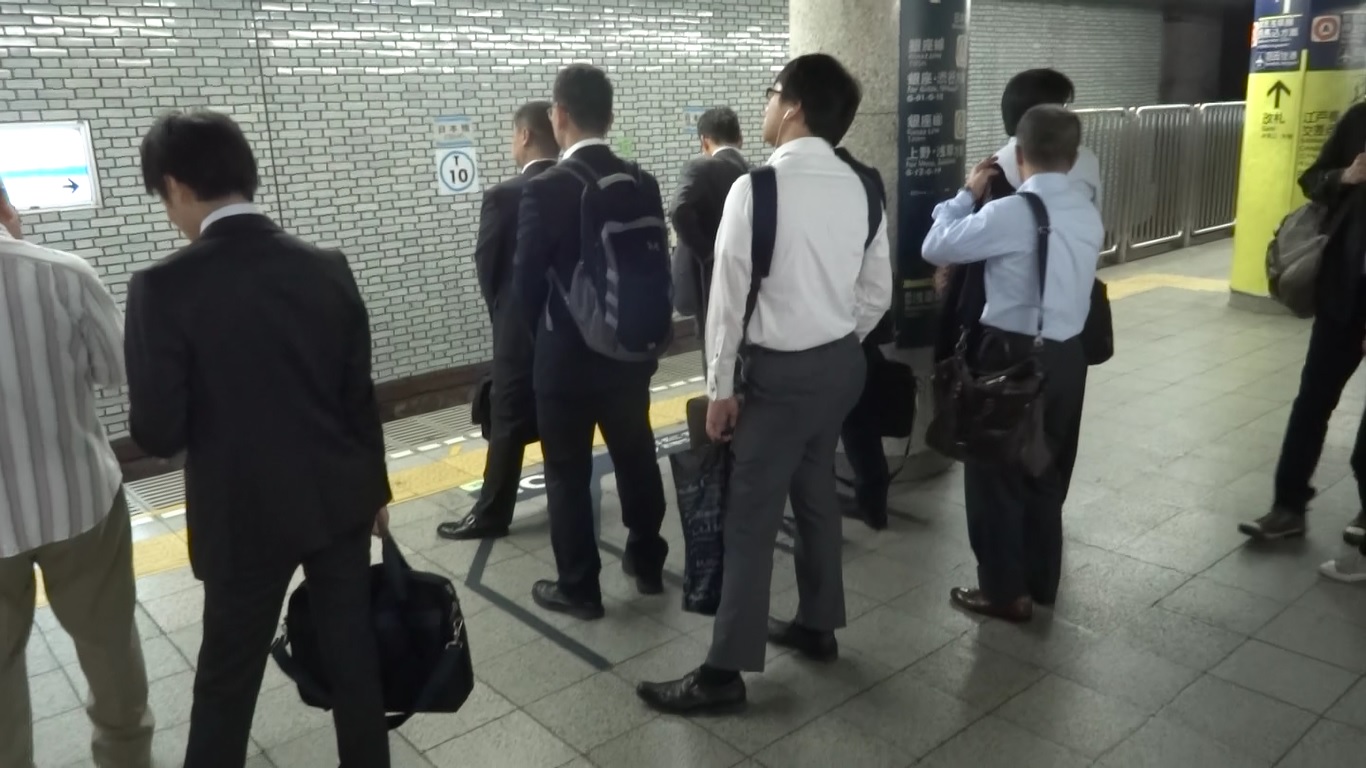
- Time your travels: A couple things to remember with timing your travels in Tokyo.
- Avoid the rush hour (things usually die down after 9am). Otherwise expect to experience what it’s like to be a sardine in a can. I’ve seen more people crammed into the trains than I thought humanly possible.
- Trains generally operate from 5am – 1am, but it’s always best to keep an eye on the lines you’re interested in and confirm the last train time. The last thing you want to do is take a taxi back to your hotel. They’re criminally expensive.
- Ladies Only Trams: During rush hour, some trains will have trams that are designated for women only.
Subway Etiquette
Like everything else in Japan, there’s unwritten rules for riding the Tokyo metro. Here the most common rules to follow so you don’t offend your neighbor:
- Don’t make noise: Don’t talk on the phone and (generally speaking) don’t make noise on the train. This is one rule that I didn’t like. Being on a packed train and have it be still quiet was unsettling. It felt like everyone was hypnotized. Weird, very very weird.
- Don’t eat on the train: The Japanese value cleanliness, and eating in the metro is frowned upon. Now traveling longer distances on the Shinkansen (bullet trains) is another matter. You can buy yourself one of those cute Bento boxes and enjoy yourself — but that’s different post.
- It’s OK to sleep on the train: Sleeping on the metro is acceptable, bordering on natural. Since this is a work centric culture, I guess most people are sleep deprived.
- Give your seat to old, pregnant and sick: This one is common decency people. If someone who’s old, pregnant or sick comes onto a train then give them your dang seat!
- Watch your body odor: Since the trains in Tokyo can get very cramped, the last thing you want to have is bad B.O. making an uncomfortable situation worse. Body oder happens, so make sure you pack and use your deodorant.
Ready To Book Your Trip To Japan?
Use Skyscanner to search thousands of flights for the best deals.
Agoda is a great site to find discounted rooms around the world.
Viator has biggest selection of excursions from group tours to day activities.
Japan Travel Videos
Recommended Travel Gear
Related Posts
February 7, 2016
Guide To Temples And Shrines In Tokyo
Tokyo has hundreds of shrines and temples to choose from; to help you with your planning I've created this list of must-see temples.
0 Comments8 Minutes
February 7, 2016
Animal Cafes You Must See In Japan
One of my guilty pleasures in Tokyo is the animal cafes. I visited an owl, cat and dog cafes while I was there last year. Each place offered a…
0 Comments8 Minutes
September 2, 2016
Japanese Festivals You Must Experience
Japan has approximately 190,000 temples and shrines and an estimated 200,000 festivals. Think about it, 200,000 events -- that averages out to almost…
0 Comments1 Minute
July 18, 2016
Top 8 Attractions In Kyoto
Kyoto is an ethereal city that's packed with over 1600 shrines and temples, countless beautiful Zen gardens and more history than you could possibly…
0 Comments12 Minutes
February 7, 2016
24 Hours In Tokyo
Tokyo is one of my favorite cities in the world. This is a hyperactive city that's always on the move and constantly changing. If you're lucky enough…
0 Comments9 Minutes
April 7, 2014
What To See In Tokyo
Spending time in Tokyo can be an overwhelming experience. This city has a lot going on, it can paralyze you with indecision. I mean where to start?…
0 Comments1 Minute
June 10, 2016
Photo Blog – Halloween In Shibuya
Last year I happened to be in Japan during Halloween. The Japanese are notorious for their love of cosplay and dressing up as their favorite…
0 Comments1 Minute
July 24, 2016
Kyoto’s Hidden Gems
Kyoto is blessed with having a seemingly endless supply of temples and shrines, and yet it seems all the tourists congregate around the most famous…
0 Comments5 Minutes
September 3, 2016
Japan’s Kitchen: Dishes To Try In Osaka
Osaka is an interesting city that’s referred to as the “nation’s kitchen”. Osakan's love of food is so well known there's a famous quote that says:…
0 Comments7 Minutes
April 20, 2016
7 Night Activities You Must Try While In Tokyo
Just like the big apple, Tokyo is a city that never sleeps. When the sun goes down another world comes to life. Below is a list of 7 night activities…
0 Comments4 Minutes
February 7, 2016
Japan Travel Basics
Below's all the basic information you need to know before visiting Japan.
0 Comments12 Minutes
